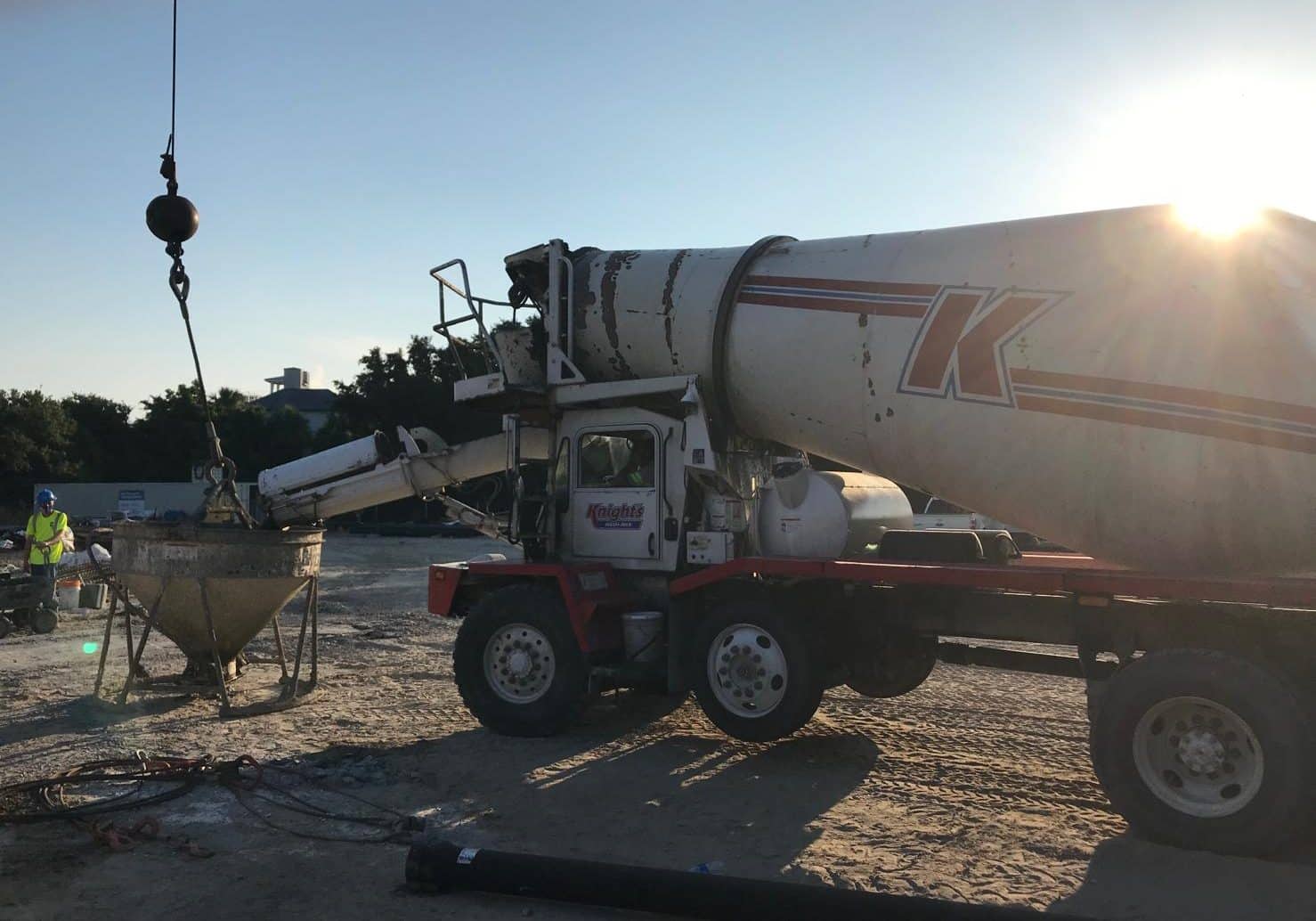As much as we love summer at Knight’s Companies, we must admit there are some drawbacks to the season. Along with more business activity comes oppressive heat and humidity, which puts workers at risk for heat-related illnesses.
The human body can only handle so much, and once it can no longer regulate its temperature, heat exhaustion and heat stroke can quickly set in.
Heat Exhaustion
Heat exhaustion occurs when the body has lost too much water and salt because of excessive sweating, which can easily happen if an employee has been working in the heat all day.
Symptoms usually appear as:
- Pale and moist skin
- Muscle cramps
- Headaches and dizziness
- Nausea and vomiting
Normally, heat exhaustion can be treated on site by moving the victim into the shade, giving them room temperature water, and applying wet paper towels to their body while fanning them. However, when symptoms last for longer than one hour, seek medical attention.
If left untreated, heat exhaustion can rapidly evolve into heat stroke.
Heat Stoke
First, if you have an employee exhibiting signs of heat stroke, call 911 immediately. This illness is not a joke and can rapidly lead to organ failure and death.
Second, many symptoms of heat exhaustion and heat stroke are the same, but there is one key difference: the skin. If the person’s skin is no longer moist, and becomes dry and hot to the touch, then they are suffering from heat stroke.
Watch out for these other symptoms as well:
- Rapid breathing
- Confusion
- Throbbing headaches
- Dizziness
- Convulsions/Shivering and unconsciousness
While waiting for first responders to arrive, move the victim to a cool place, remove any unnecessary clothing from their body, cover as much of their body as possible with wet paper towels and fan them. At this point, do not force them to drink liquids.
Keeping It Cool

Billy Kilcoyne models a Knight’s Companies hardhat with a face shield attached to it at our Jedburg Plant.
As the day goes on and temperatures start to rise, there are precautions everyone involved in the construction industry can take to reduce heat stress.
The option that provides the most worker protections is to reschedule work to avoid strenuous labor during midday. For example, conducting an early morning or night pour will protect workers and concrete from the effects of the heat.
Although, sometimes rescheduling is just not possible. Projects can be on a tight deadline with no way to delay concrete placement or construction.
Therefore, the next best option is to follow OSHA’s Water. Rest. Shade. campaign. By providing these three elements and modifying the site’s environment, companies can save lives.
However, workers can cause just as much of an impact by watching out for each other, wearing loose or lightweight clothing, pacing themselves, and primarily sticking to drinking water or sports drinks while at work.
Heat + COVID = A Hot Mess
To prevent against COVID-19, face coverings are becoming staples at construction sites. However, on a hot day, putting an extra layer on top of your face that traps heat is not ideal.
As a solution, employers can suggest employees buy mask in a less stifling fabric, like cotton, to make themselves more comfortable. But remember that masks shouldn’t be worn once they’re overly damp, so bring plenty to the job site.
If masks seem like too much of a hassle, face shields are a perfect replacement. They can protect fellow workers from respiratory droplets, attach easily to hard hats and provide better airflow.
With COVID and extreme temperatures, construction sites can seem like a minefield, but together we can navigate it to ensure everyone safely gets to the other side.

